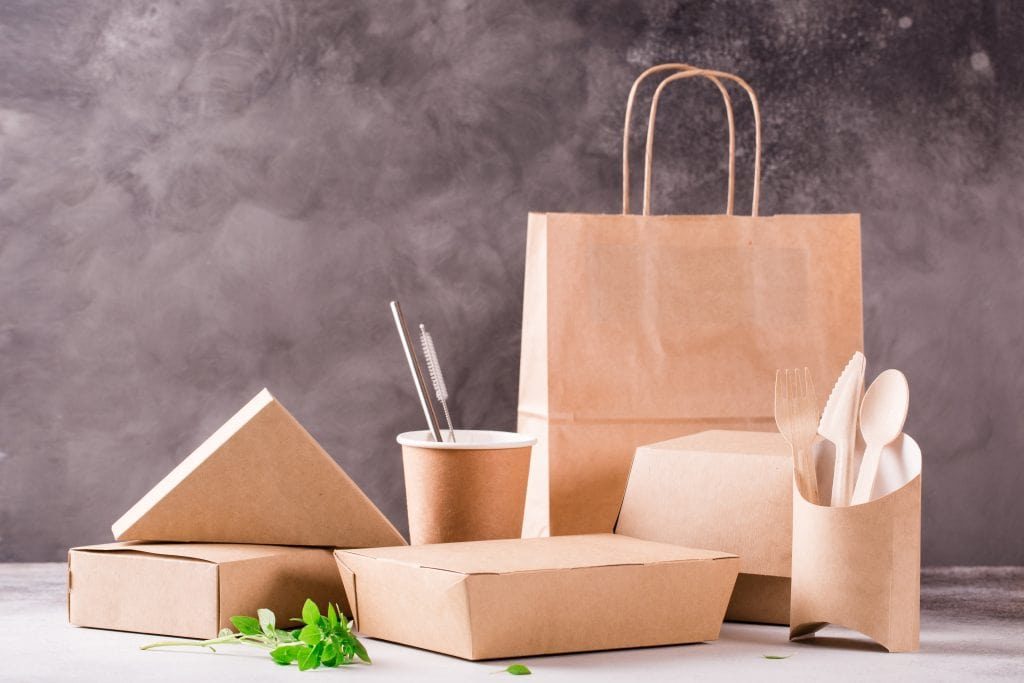
Introduction
Consumers are mindful of environmental concerns related to food and drink packaging. They acknowledge the potential negative impact certain materials can have on the planet, including landfills and oceans. This heightened awareness has led to a rise in the number of individuals actively recycling packaging compared to previous years. These findings indicate a growing environmental consciousness. For instance, FMCG Gurus’ consumer insights reveal that 82% of global consumers say they recycle soft drinks most or all of the time. Additionally, 78% of global consumers say they recycle food products most or all of the time.
While consumers demonstrate a strong desire to recycle regularly, they also face various obstacles such as the types of packaging used, lack of awareness, and their busy lifestyles. Despite these challenges, the commitment to recycling and environmental issues underscores the importance of designing packaging with minimal ecological impact and implementing sustainability practices throughout the packaging life-cycle.
The Industry Needs to Look for Ways to Make Recycling as Simple and Hassle-Free as Possible
While consumers strive to recycle, they acknowledge they may not always follow through. A common reason cited is the tendency to repurpose packaging for other uses. This presents opportunities for innovative design approaches that focus on both aesthetics and functionality. For instance, designing packaging that can easily be repurposed for alternative uses.
In addition, many consumers find recycling time-consuming. For instance, there has been a notable increase in individuals expressing intentions to recycle but occasionally forgetting, particularly as people adjust to busy post-pandemic routines. This underscores the importance of not overestimating consumers’ altruism and highlights the industry’s need to streamline recycling processes. This will make them user-friendly and convenient to prevent them from being perceived as burdens or stressful tasks.

Consumers Will Prioritize What Types of Sustainability Features They Evaluate
When making purchasing decisions, consumers have only seconds to consider various factors such as price, taste, and convenience. Often, they briefly assess the sustainability of packaging based on its volume and material. Consequently, consumers prioritize specific sustainable packaging claims they recognize and trust, even amidst a landscape of innovative options. The most crucial packaging attributes consumers seek are recyclability, reusability, and reduction in usage. This shows an emphasis that necessitates clear, straightforward communication to shoppers. For example, FMCG Gurus’ market research highlights that 81% of global consumers think it is important that product packaging is recyclable.
Post-Pandemic, Consumers are More Inclined to Feel There is too Much Unnecessary Packaging When Buying Food and Drink
Between 2021 and 2023, there has been a decline in the proportion of individuals who believe that environmental claims regarding packaging are overstated. This indicates a growing concern about the environmental impact of materials like plastic ending up in landfills and oceans. As consumers become increasingly informed and apprehensive about this issue, it is essential for the industry to adopt a comprehensive approach to packaging sustainability. Although the demand for information regarding the packaging life-cycle has remained steady, there has been a noticeable increase in the number of people expressing that packaging can be excessive. As a result, there is greater demand for simplified recycling information during the same period. This shift reflects a post-pandemic mindset where consumers are less preoccupied with product contamination along the supply chain and are leading busy lives, underscoring the need for sustainable processes to be straightforward and hassle-free.
